We’ve all heard that you need a gallon of water per person, per day, to survive; and many of us believe it. But I’ll have to say, there are a couple of things missing from that basic statement. The first is the part that says “for drinking and cooking.” That’s all that gallon is going to do, and that’s assuming you live in a temperate climate. If you live in a hot climate, you’re going to need to drink more than that, especially in the summertime.
The next thing that statement avoids is mentioning anything about the other things we use water for; many of which are necessary for our survival. Where’s the mention of water needed for bathing? That’s essential to maintain our health. If we try to survive without any bathing whatsoever, you can be pretty sure that we’ll come down with one disease after another. Doesn’t anyone remember “Wash your hands” from 2020?
Our bodies aren’t the only thing we need water to wash. We need to wash our clothes and keep our homes clean too. Granted, we could probably go much longer without washing our clothing than we do now, without it leading to sickness; but we still need to wash them sometime. As for our homes, a dirty home invites pests, who will try to get into our food and can also carry disease.
Finally, the other big thing we need water for is our vegetable gardens. We talk about growing our own food, without taking into consideration just how much water we’re going to need for that or where that water is going to come from. Other than saying we’re going to use rainwater capture, we don’t really think about just how much water we’re going to have to capture, in order to keep our gardens growing. That may not be much of an issue for those who live in Washington state, where they get lots of rain; but it will be a huge issue for those who live in arid parts of the country.
It’s pretty much impossible to say just how much water any of us will need in a post-disaster survival scenario, without actually running a test. It will vary for each of us, depending on where we live, what kind of whether we have to deal with and our individual survival plans. But I do know this… we won’t be able to afford wasting any of it.
The Number 1 Rule of Water Conservation
As we all know, water is critical to our survival, coming only after oxygen and maintaining our body heat in our list of survival priorities. That makes water one of the most precious commodities in existence, when we find ourselves in a survival situation.
But we are not used to thinking of water as being that important a commodity. Our society wastes water constantly, with the average American family of four using 200 gallons of drinkable water per day. We water our lawns and wash our cars, without worrying about the water running down the street. We take long showers, not thinking about just how much water we’re using. We use water to clean leaves off our driveways, because we’re too lazy to sweep them.
Obviously, we can’t live like that in the wake of a disaster, when the only water we have available to us is what we’ve stockpile and what we’re getting from our rainwater capture systems. Every drop of that water is going to be precious… and needs to be treated that way. We must use it… and use it again, if possible, rather than let it go to waste.
Based on that, the number one rule of water conservation is to not let any water fall on the ground or go down the drain, period! The only exception is when we’re watering our gardens and that had better be water that we’ve already used for something else. This is no joke. Any water that we allow to go down the drain or spill on the ground is water that is wasted. It can be used for something, even if it is dirty water.
Using that Dirty Water
Dirty water is still usable water. Oh, we can’t drink it; but there’s still ways in which most of it can be used. Before we talk about that though, we need to understand that there are actually two different types of dirty water, defined as “greywater” and “black water.” Black water is sewage; water that contains human waste. During a time of crisis, when the city’s water is down, we shouldn’t have any of that. Rather than using our toilets and wasting water to flush them, we should be using a bucket with plastic liners (plastic bags) and saving that human waste for proper disposal. If the situation drags on long enough, we should dig a hole and build an outhouse.
That leaves us with the greywater. But just what’s that? Grey water is any other water we’ve used, whether for bathing, washing our clothes, washing the dishes or scrubbing the floors. Anything you can think of in our home, where you might end up with leftover water, that water is greywater.
Greywater is a gold mine for us as preppers, even if we don’t recognize it as such. The reason it is, is that we can always use that greywater for something. It might get dirtier and dirtier with each use, but it can still be used.
Water from Cooking
Think about it. to start with, any water we use for cooking has nutrients in it, which came out of that food we just cooked. There’s no way that water should be used for anything else but food. The water you cooked vegetables or pasta in can be used when you’re baking, for broth when making soup, or have something added to it to make it into a drink. We can’t afford to allow any nutritional value to be wasted; not even by using that water for cleaning.
Water from Cleaning
Our other category of greywater is cleaning water. This is extremely easy to use, especially if we think it through a little. Our first use for this water is probably rinsing soap out of clothes. We can then use that water for bathwater, as it will already be soapy. Another way to do that is to start out using the water for bathing and then wash our clothes in it. Taking that idea a step further, we can put the clothes in the bottom of the shower and walk on them, while bathing. That will at least start the washing process. Once we’re done bathing, we can finish scrubbing the clothes, before removing them to rinse. Just be sure to save the water.
General house cleaning can be done with dishwater, after washing the dishes. Clean counters and other surfaces with the same water, being sure to wipe it off when done. Wait to do the floors last, as those will do the most to get that water dirty, making it difficult to use it for other things.
When the Greywater is Really Grey
Eventually, any greywater is going to get so dirty, that it will be doubtful whether it can be used for cleaning anything more. it might still be useful; but you’ll have a hard time convincing yourself of that, let alone anyone else. But never fear, that water is still useful.
The end use for pretty much any water we use should be our vegetable garden. Plants really don’t care if water is clean, especially considering that the plants absorb that water from the dirt. On top of that, if the water had been used for washing the dishes, any food particles that are in the water will compost, returning nutrients back to the soil.
Some would say that you can’t do this, as there will be soap in the water. Those people quite likely know more about gardening than I do. But allow me to offer this. When I lived in the southern tip of Texas, the grey water from my washing machine and my kitchen sink didn’t go to the septic tank. Rather, I had replumbed them to water my vegetable garden. Not only didn’t that kill my plants; but the part of the garden which received that water grew better than the other part. So, it worked for me.
One Last Thing
When all else fails, remember that water can be recycled. We all have water purification systems in our prepping supplies; often, extremely good ones. With that being the case, all we’ve got to do is run the dirty water that we can’t use anymore through our water purification systems, and it will be clean water once again, ready to go back through our usage cycle.
The only thing I’d do special with this water, before running it though an expensive water purification system, is to run it through a five or ten micron filter, to remove particulate matter. If you don’t have that available, run it through a gravel and sand filter. That will do about the same thing. You will keep those particulates from plugging up your expensive purifier, while not losing any of your water.























































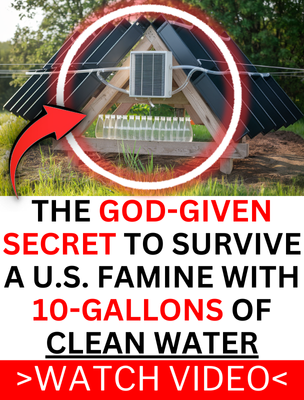
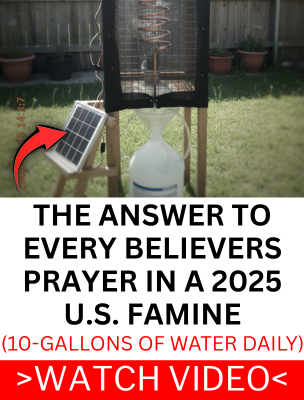
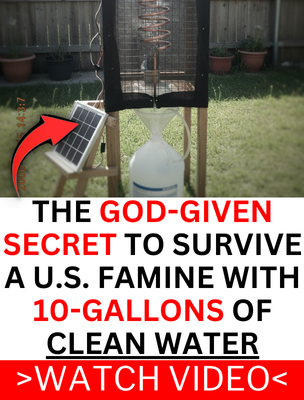



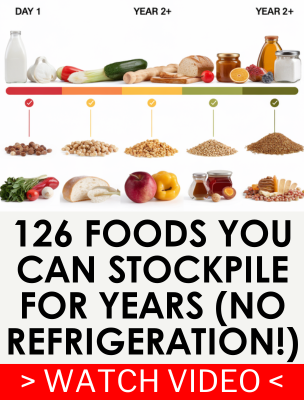
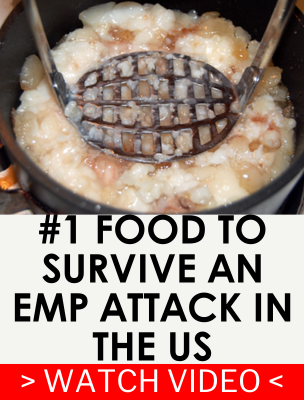
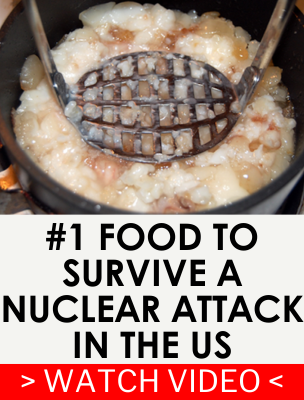
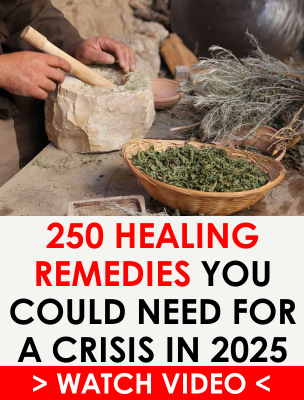
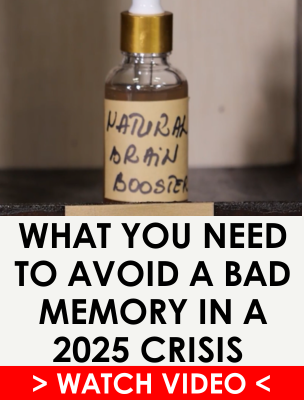
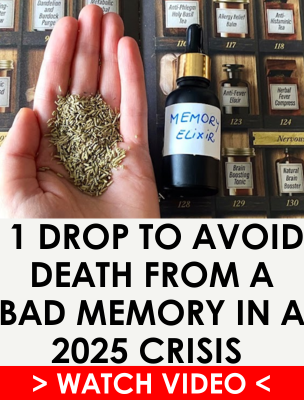




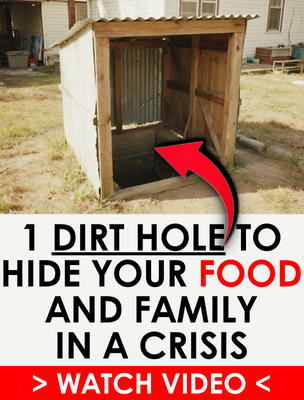
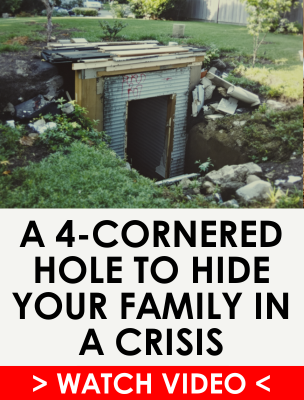



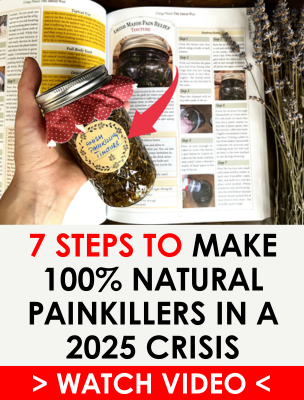


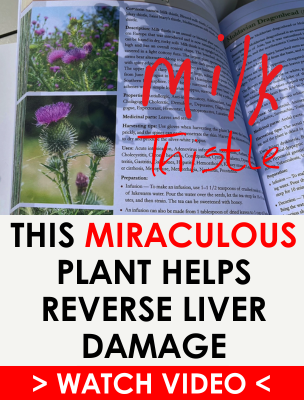
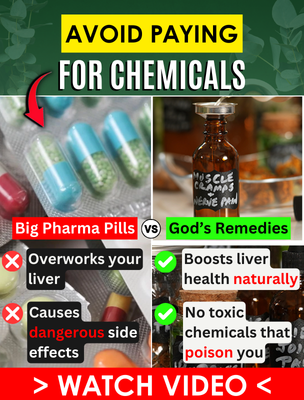
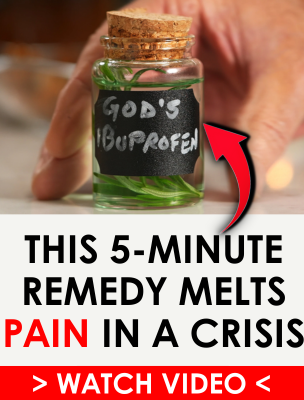

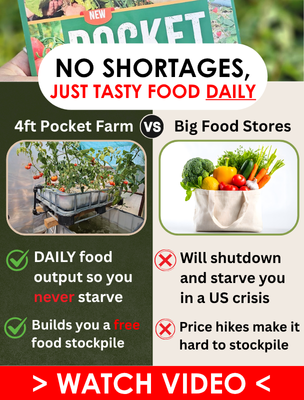


The one thing you didn’t speak to is storage. Stream, lake, river, etc. are ideal since water is always available and on-site storage requirements are minimized – you just have to haul it or pump it if you’re prepared. if that isn’t available, rain is your friend but only if you can catch and store it. That can mean a 55 gallon barrel for a family if rainfall is regular and adequate to a couple 55 gallon barrels per person or even more in arid climates. Plan to catch every possible drop. That will require average annual rainfall tables for your area, plan for less than average rainfall and a bit of math to calculate the necessary roof area per person and the number of barrels required. A well with an electric pump (& solar charged batteries) and a hand pump for emergencies is ideal but impractical for most of us.
Water tops the list of most lists regarding preparedness, so I have so much provisions for that, it also tops my list of my abundance of “high value” barter items. But, what is its value? High or low? I can’t barter it now!
Handling a huge bulk of preparedness storage, well meaning friends advise it has zero value and I should put it all in a dumpster to alleviate me of storing and handling anything except high value items as only they are worth it.
They also evaluate the value of my massive preparedness storage on what I could get for it quickly in a distressed bulk sale because they compare it to their “investments” which is easily and quickly converted into dollars.
Dollars will be worthless. One brilliant financial mentor said of me saying I made twenty times the value on day one, buying a preparedness item in large bulk at five cents on the dollar! He said I didn’t make anything until I sell it. His perspective totally lacks preparedness thinking and barter items for the harsh times to come. I said: You don’t understand — I’m converting soon to be worthless dollars into items that will retain value, particularly when availability becomes poor or nonexistent!
But, his plan is to die because he wouldn’t want to live without electricity and air-conditioning! Man has lived thousands of years of world history without such modern things — it’s all new!
All that’s from today’s perspective with little imagination of the harsh times to come. Someone going to die without water soon will not appreciate my high-value thermal imaging and will want water! Perspective will be different. Will he care that once upon a time water wasn’t thought of as having much value?
The reason water is low value now is people don’t think about water because they don’t need to think about it because it’s always available in abundance just by opening a faucet or the automation of the washing machine taking what it uses or the sprinklers following a controller program.
People will think of clean, sanitary pure water almost to the exclusion of all else as they are dying of thirst! Is it low value then?
The maintenance expenses of storing zero value items is not about their value today. Ironically, the lowest value preparedness supplies are the highest value.
[email protected]
Where did your downloadable pdf button go? I collect these articles if I do not have time to entirely read through them all and take them with me when I am at a site with no internet connection etc,, it was a usefull tool to have and was wondering why it was not there any more. Thanks!
Hello, you can find it now at the end of each article 🙂 Thank you for your input.
Why have you quit po0pstinmg PDF fi89les of the articles?
Hello, you can find it now at the end of each article 🙂 Thank you for your input.